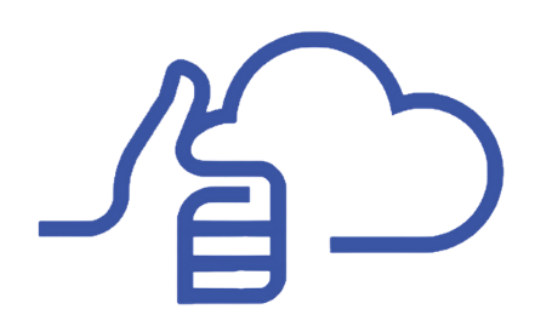Should Technology Be a Priority for Your LTC Pharmacy?
By Marc Johnson

For many long-term care (LTC) pharmacies, offering value-added services while maintaining the bottom line can be a challenge. How do you balance staying abreast of the latest technology with "breaking even"? What tech trends will introduce lasting improvements that will allow you to ultimately better serve LTC facilities and their patients with high-touch services?
When considering new technology for your LTC pharmacy, ask yourself these three questions:
Deciding Where to Invest: Will the upfront investment pay off in efficiencies?
Tech trends to consider: software solutions for order intake, delivery, real-time inventory management, workflow and automation systems
The technology that powers long-term care pharmacies can improve efficiency. It can also be exceedingly expensive. The first priority when introducing a new piece of technology into an LTC pharmacy is choosing where to spend money. For example, do you want to add automation to increase fills or would you rather optimize inventory management to improve cash flow?
Introducing technology into the pharmacy can come in the form of hardware or software. The right tool speeds up processes, but the wrong one can cause extra steps and waste time and money. Do your research to determine the best use of resources.
Automation technology offers LTC pharmacists tremendous value in the form of time, efficiencies and compliance—and those are just a few of the advantages. Pharmacy robots automatically fill several different blister packs, vials and pouches. This may require two different machines, so pharmacies must consider staff workload if they only have the funds to purchase one. Robotic dispensing systems can scan barcodes to dispense medication before a final check by a pharmacist. While these machines represent a high initial output of capital, they can do the work of a number of pharmacy technicians. Employees can then turn their focus to tasks that require specialized attention.
On the software side, order intake, real-time inventory management, workflow documentation and medication delivery can all be tracked via various programs. Cost is also a consideration, as some software platforms can cost tens of thousands of dollars (and that's before system upgrades, add-ons and new applications). It pays to weigh your options. When the systems work in harmony, pharmacists, providers and payers communicate seamlessly to ensure LTC patients get the care and medications they need quickly and efficiently.
Setting up the System: What will it take to integrate?
Tech trends to consider: POS software, ordering systems, workflow management
Once a long-term care pharmacist decides on the best use of funds, the second priority is to make sure chosen systems work together and are secure. All ordering and inventory software and POS software must integrate. It can be a struggle, though, to find systems compatible with a pharmacy's workflow. Product demonstrations, trial periods for software and word of mouth from other pharmacists who have successfully used the technology are great ways to hear feedback on potential solutions before making the jump.
The Payoff: What is the end value for the pharmacy, facility and patients?
Tech trends to consider: inventory management, compliance monitoring, claims and billing systems
The third priority is to make sure the technology brings value to the pharmacist and their partners in care. On the safety side, some technology can track regulations and alert if a pharmacy is out of compliance. RFID badges can monitor and record storage and dispensing of medications. Adherence packaging directs patients when and how to take their medication, an option that could prove beneficial for non-acute long-term care populations.
Even with updated and integrated technology, the human touch remains irreplaceable when running a long-term care pharmacy. Billing staff needs to be well-trained in the customer-base and the LTC space. Similarly, strong relationships with all partners are essential to making the pharmacy an integral cog in the greater wheel of the long-term care organization. Pharmacists can use the time saved from employing technology to nurture relationships with clinical staff at their facilities. For example, many pharmacists and prescribers still communicate by phone and email. Maintaining those analog lines of communication is important to ensuring comprehensive care for patients.
Under the merit-based incentivized payment system, providers are rewarded based on the value of the care they deliver to patients with Medicare. For many long-term care facilities, that represents a major segment of their base. Pharmacists can use medication adherence technology to help prescribers improve their performance on quality metrics and help patients improve outcomes.
Technology can be a valuable investment for a long-term care pharmacy. The right investments can save time and encourage more efficient relationships and workflows, paving the way to continued success.




